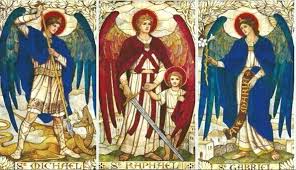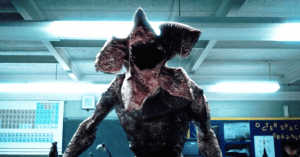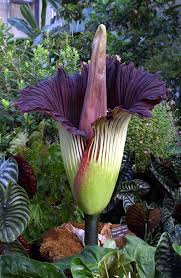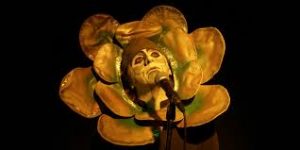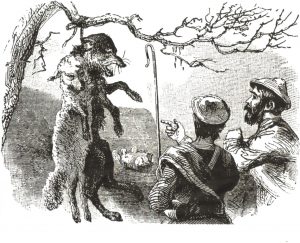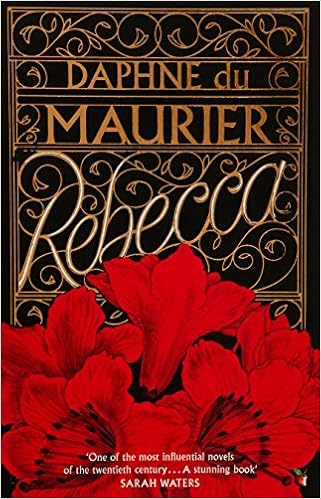 I first read Daphne du Maurier’s haunting Gothic Romances in my early teens. In my thirties I did an evening class in Female Gothic run by the pioneering Avril Horner and Sue Zloznik. This featured Rebecca among other exciting texts. They then encouraged me to do a part-time MA at Salford University, which included a module on women’s writing run by Avril; Rebecca was again included.
I first read Daphne du Maurier’s haunting Gothic Romances in my early teens. In my thirties I did an evening class in Female Gothic run by the pioneering Avril Horner and Sue Zloznik. This featured Rebecca among other exciting texts. They then encouraged me to do a part-time MA at Salford University, which included a module on women’s writing run by Avril; Rebecca was again included.
In the past couple of months, I’ve been reading the Gothic Romances of Mary Stewart, Victoria Holt, Phyllis Whitney, and others (as I described here), which form part of a genealogy from Ann Radcliffe and then the Brontës, through du Maurier, to contemporary paranormal romance. And I’ve returned to du Maurier, rereading some and reading Jamaica Inn, Frenchman’s Creek, and The Parasites for the first time (how could I have missed them? They’re so exciting!).
Du Maurier’s works exploit the machinery of Gothic, invoking the thrill of terror, but bringing this into conjunction with the devices of romantic fiction in ways that subvert the latter and humanise the former. Du Maurier thus employs a generic doubling to dramatise quasi-feminist concerns and her own personal feelings of a self divided between masculinity and femininity (doubling recurs throughout her novels). This meeting of genres is something I am delving into in my study of paranormal romance.
And, coincidentally, it is the eightieth anniversary of the publication of Rebecca. Here are three interesting articles celebrating her work:
Laura Varnam, ‘Du Maurier’s Rebecca at 80: why we will always return to Manderley‘
Olivia Laing, ‘Sex, jealousy and gender: Daphne du Maurier’s Rebecca 80 years on‘
And, by the author of The Essex Serpent, Sarah Perry, ‘”Last night I dreamt I went to Manderley again”: “Rebecca” and me’.

